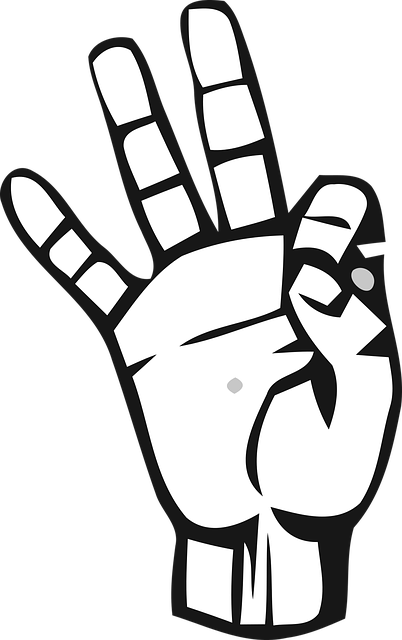For Paula MacDonald, the word “deaf” isn’t just an adjective — it’s a part of her identity.
Growing up, she attended the Sir James Whitney School for the Deaf in Belleville, Ont., where she learned American Sign Language (ASL) as her primary means of communication.
It was there that “I really became culturally deaf,” MacDonald told CBC with the help of an ASL interpreter, explaining the sense of belonging she felt within the deaf community.
It wasn’t until she attended a university for the deaf in Rochester, N.Y., that she found herself wanting to learn more about her other culture.
WATCH | What I want people to know about Indigenous sign languages:
MacDonald was born in Saskatchewan and is half Cree from Treaty 4 on her mother’s side. At a young age, she was adopted by a white couple in Ottawa.
While she says her parents were always supportive of her connecting with her roots, she was on her own to learn more about both Deaf and Indigenous culture.
“I had gone to a couple of powwows, you know, kind of trying to learn more about the culture,” she recalls.
She said it was difficult because she needed sign language interpreters to understand what was happening.
Exploring intersecting identities
When she got to the National Technical Institute for the Deaf (NTID), MacDonald noticed a cultural diversity within the deaf community she hadn’t seen before.
Meeting people from other countries who incorporated their country’s sign languages into conversation along with ASL made MacDonald curious about her own cultural background.
Through a bit of research, MacDonald found Marsha Ireland, a deaf elder from Oneida Nation of the Thames near London, Ont., who developed her own sign language to better connect with Oneida culture.
Macdonald invited Ireland and her husband and interpreter, Max Ireland, to her college for a presentation. There, she learned not only about the Oneida sign language Ireland created for deaf members of her community, but also about other existing sign languages used historically by Indigenous groups.
That made MacDonald curious.
“It really got the ball rolling for me, realizing that I can’t just say, ‘Hey, I’m Indigenous,’ and that’s it,” MacDonald said. “I have to put in the work I need to, to actually connect to my culture. So [Marsha Ireland] really lit the fire in me.”
‘[More people] are learning [Indigenous Sign Language) just because they enjoy it or want to learn it. But it’s not as easy to connect to and to learn as spoken Indigenous language,’ says Paula MacDonald, because there aren’t as many speakers and resources available. (Francis Ferland/CBC)
Connecting to her culture
MacDonald is now taking Indigenous studies at Carleton University and for the past three years, she’s …….
Source: https://www.cbc.ca/news/canada/ottawa/indigenous-deaf-sign-language-culture-1.6473673
